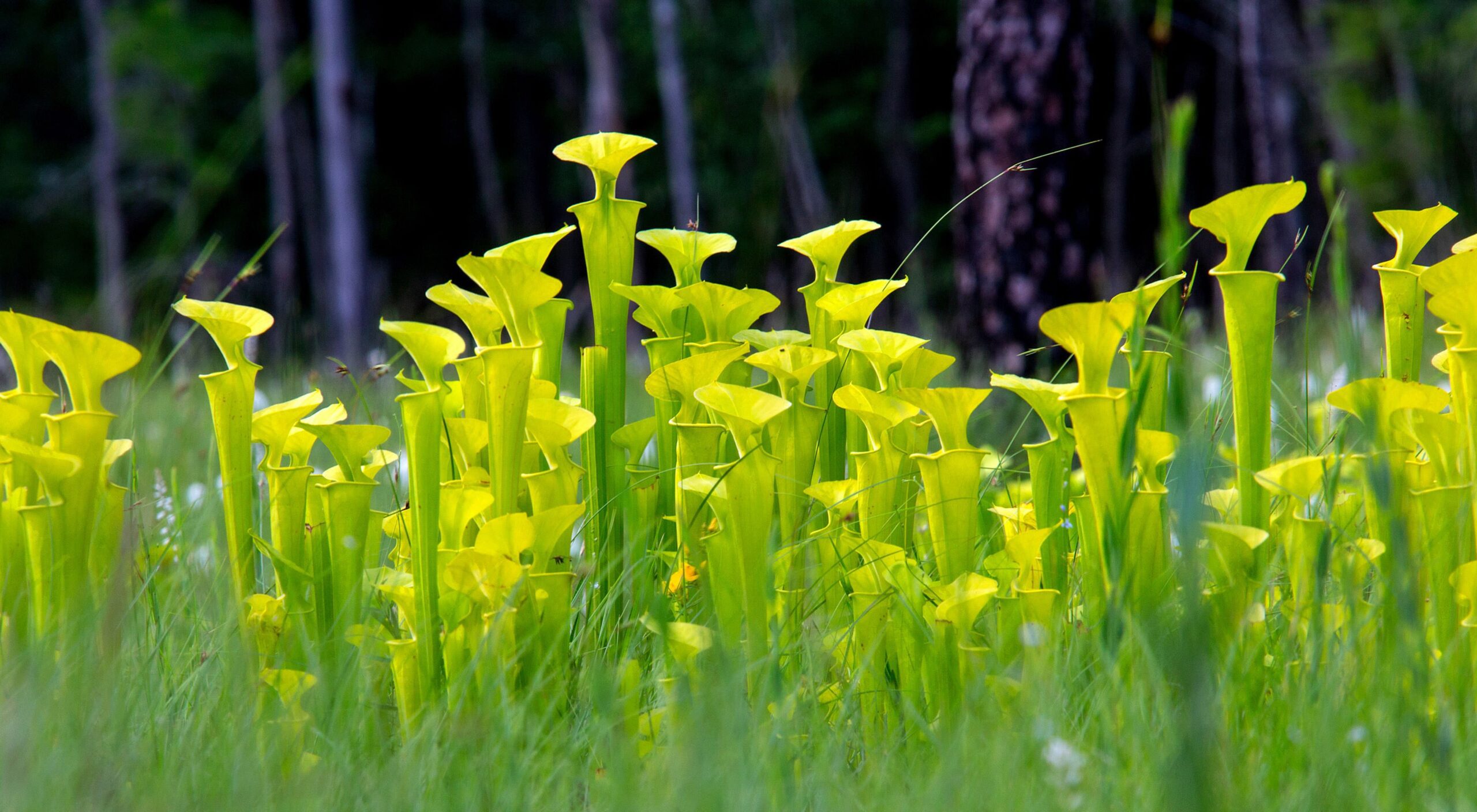The Venus Flytrap and the Pitcher Plant are two carnivorous plants with unique mechanisms to capture and consume prey. The Venus Flytrap has hinged leaves that trap insects when triggered by touch. The Pitcher Plant has elongated leaves with a sugary liquid that lures insects inside, where they become submerged and digested. The Venus Flytrap’s capture mechanism is quick and efficient, while the Pitcher Plant has a passive strategy. Both plants primarily feed on insects, but the Pitcher Plant has a broader diet that includes vertebrates. They adapt to their nutrient-deficient environments, ensuring their survival. Witnessing their feeding frenzy battle is awe-inspiring and showcases nature’s tactics.
The Venus Flytrap vs. the Pitcher Plant: Nature’s Feeding Frenzy Battle
Introduction
When it comes to carnivorous plants, two notable species stand out: the Venus Flytrap (Dionaea muscipula) and the Pitcher Plant (Nepenthes spp.). These fascinating plants have evolved unique mechanisms to capture and consume their prey, showcasing nature’s ingenuity at its finest.
Appearance
The Venus Flytrap is a small plant with hinged leaves that form a trap-like structure. Each leaf has trigger hairs inside, and when an insect touches these hairs, the trap rapidly closes shut, trapping the prey inside. On the other hand, the Pitcher Plant has elongated leaves shaped like tubes or pitchers. The upper rim of the pitcher secretes a sugary liquid that lures insects inside, where they become submerged and ultimately digested.
Capture Mechanism
The Venus Flytrap relies on a quick, responsive trap to ensnare its prey. Its leaves snap shut when triggered, trapping insects in order to extract nutrients. This mechanism is fast and efficient, resulting in a high capture rate. The Pitcher Plant, on the other hand, deploys a passive capture strategy. Insects are attracted to the pitcher by the sweet liquid secreted at the rim. Once inside, they slip on the waxy surface, falling into a pool of digestive enzymes at the bottom, where they meet their fate.
Diet and Nutrient Extraction
Both plants primarily feed on insects, but there are some variations in their diet. The Venus Flytrap primarily consumes small arthropods, such as spiders, ants, and beetles. It crushes and dissolves the soft tissues of the prey using digestive enzymes and absorbs the nutrients released. In contrast, Pitcher Plants have a broader diet that includes insects, spiders, and even small vertebrates like frogs. Digestion in these plants involves enzymes secreted into the liquid-filled pitcher, breaking down the prey into soluble nutrients that can be absorbed.
Habitats and Distribution
The Venus Flytrap is native to the southeastern United States, specifically in North and South Carolina. It thrives in boggy, acidic environments, where the soil is low in nutrients. Pitcher Plants have a more extensive geographical distribution, with species found in Africa, Asia, Australia, and the Americas. They favor wetland habitats, typically growing in nutrient-poor soils.
Survival Strategies
Both plants have adapted to their environments, developing survival strategies to thrive. The Venus Flytrap’s carnivorous nature allows it to compensate for the nutrient-deficient soil it inhabits. Its ability to capture and consume insects provides it with the vital nutrients it needs for growth and survival. Pitcher Plants, on the other hand, have developed sophisticated trapping mechanisms to attract and retain a diverse range of prey. This strategy enables them to obtain a wider variety of nutrients, which contributes to their ability to survive in nutrient-poor habitats.
Conclusion
The Venus Flytrap and the Pitcher Plant are two incredible examples of nature’s fascinating adaptations. While the Venus Flytrap relies on a quick and responsive trapping mechanism, the Pitcher Plant uses a passive approach to lure and capture its prey. Both plants have evolved to compensate for their nutrient-deficient environments, ensuring their survival. Observing the feeding frenzy battle between these carnivorous plants is a truly awe-inspiring experience, showcasing the extraordinary tactics that nature employs.
